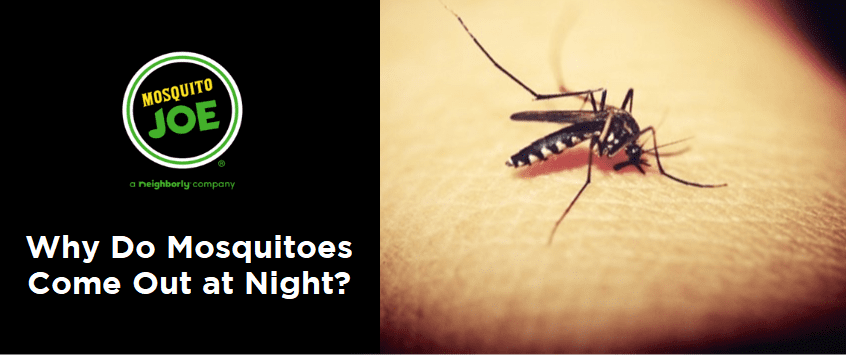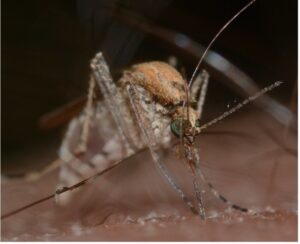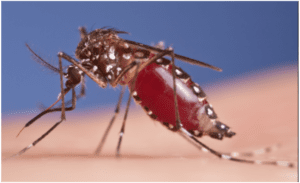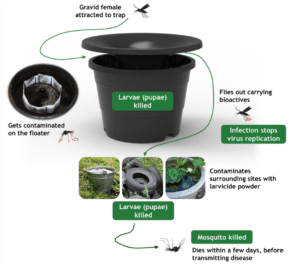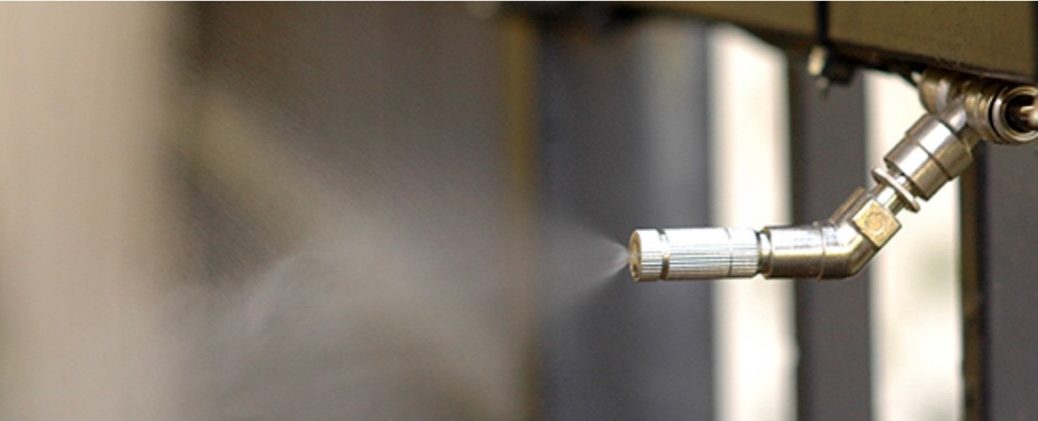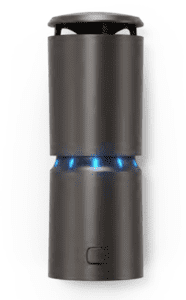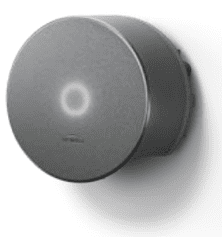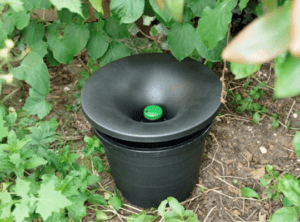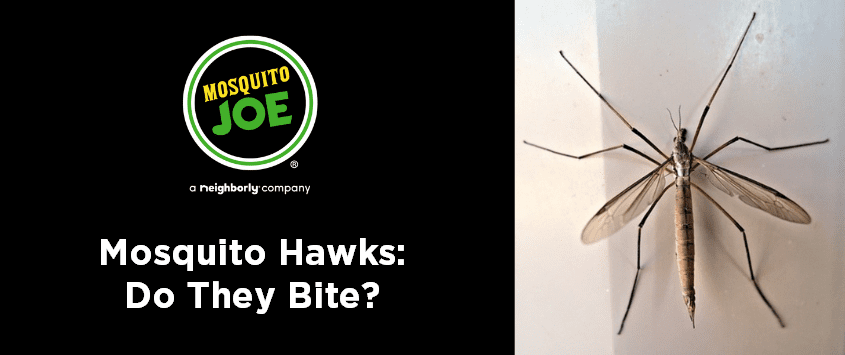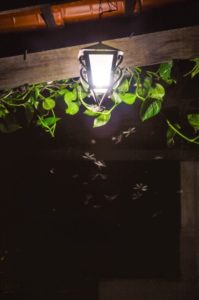Why Do Mosquitoes Come Out at Night?
The mosquitoes in your yard can seem relatively absent during the day, but most of us have experienced the excessive amount of activity in the evenings, and the resulting bites we greet the next morning. So why are they so active at night, and where do they all go the next day?
Before we answer this question, we must add a caveat. Asian Tiger mosquitoes are the oddity here as they are out during the day as well. If you see larger than normal mosquitoes, with an easy-to-spot black-and-white color, you have Asian Tigers. These mosquitoes are container breeders – their favorite home is an old tire. If you want to reduce the quantity of these mosquitoes have a quick spruce up, flip pots and open containers, and check your woods for discarded trash under leaves.
For the rest of the mosquito breeds we have in this part of Texas, we don’t tend to see them during daylight hours. So why?

It’s a common misconception that mosquitoes bite us to feed off our blood. It’s only the female that bites, and she does so only when she needs protein to lay eggs. Every time you get a bite somewhere in the yard a female mosquito is preparing to lay about 300 eggs.
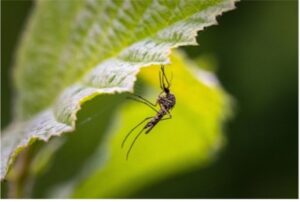
Beyond the sun, there is also another factor that impacts the number of mosquitoes that will be out, and that is all related to water. Mosquitoes need water to survive, and we are not talking in the sense that they must drink it. Rather, mosquitoes need water to lay eggs – the life cycle of a mosquito is such that they spend the first part of their lives in water as larvae and pupae. The geography of your yard will impact your mosquito population – a creek, uneven ground, stagnant water (in a wheelbarrow, trash can, the hole at the base of the tree, and French drains, are some locations to name a few), and damp ground covered in leaf debris or pine needles all increase the presence of mosquitoes nearby.



